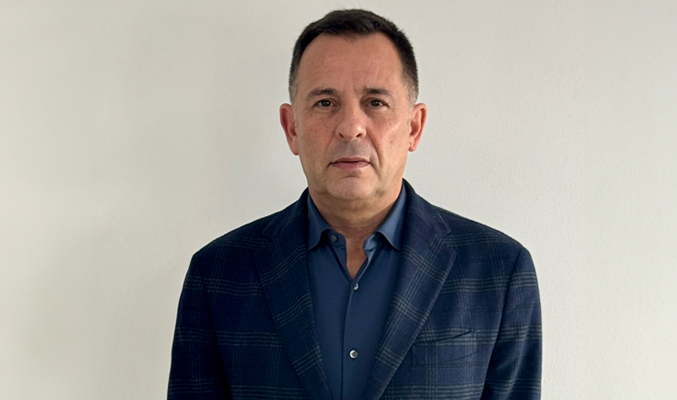Castle Trust Bank launches heavy refurbishment bridging loan product
By Bridging Loan Directory

Castle Trust Bank has launched a new heavy refurbishment bridging loan product, featuring a drawdown facility that gives borrowers greater flexibility as well as the opportunity to reduce their overall borrowing costs.
The Castle Trust Bank heavy refurbishments with drawdowns product can be used to finance conversions, such as a house to flats or flats to house, commercial to residential projects, or HMO conversions.
It’s available up to 75% LTV Net, with an LTGDV of 70%. The maximum cost of works undertaken is £1m and the minimum drawdown is £50,000, with up to 5 drawdowns allowed across the duration of the scheme.
The product has an 18-month term, with loan sizes available from £250,000 to £5m.
The interest rate is 0.99% per month and there is a 2.25% arrangement fee, with 1% charged on each drawdown.
Castle Trust Bank offers brokers a specialist bridging proposition, supported by dedicated sales, underwriting and processing teams.
The proposition includes specialist products for heavy refurbishment, light refurbishment and a bridging loan product that can be used for chain breaks, quick purchases, auction purchases and development exits.
Light refurb and heavy refurb bridging loan products include net LTV calculations, meaning that fees and interest can be added to the loan above the maximum LTVs.
Anna Lewis, Commercial Director at Castle Trust Bank, said:
“At Castle Trust Bank, we are always looking at ways we can enhance our proposition for our brokers and their clients.
We saw there was appetite from investors undertaking heavy refurbishment projects to reduce their overall cost of borrowing by only drawing down the funds as and when they needed them.
With our new heavy refurbishments with drawdowns product, borrowers only pay interest on the total balance of the loan they have drawn down.
This means they are not wasting money by holding borrowed money but can instead stagger their borrowing for when they have costs to fund.”










You must be logged in to post a comment.